Carpal Tunnel Pain Relief
Carpal Tunnel Syndrome (CTS) is caused by pressure on the median nerve in your wrist and this can cause a range of symptoms from numbness and a tingling feeling to pain and weakness.
The median nerve essentially becomes trapped so, unlike other Repetitive Strain Injuries, it is not caused by tendonitis, tenosynovitis or bursitis.
Unfortunately, because of the numerous types of RSI that you can get in your wrist, wrist injuries can be a bit of a nightmare. Despite being the most common peripheral nerve syndrome, carpal tunnel cases often get misdiagnosed as other syndromes or a circulatory disturbance such as Raynaud's Disease (Assmus, 2015) due to their similar symptoms.
This means that it's important that you don't self-diagnose yourself because if a trained medical professional such as a doctor with loads of experience can misdiagnose a case of carpal tunnel syndrome quite easily then you're way more likely to misdiagnose yourself.
It also implies that some patients may not be properly identifying their symptoms effectively and then relaying wrong information to their doctors so it's good to make sure you properly identify all symptoms and try to gauge how severe each symptom is to ensure an accurate diagnosis.

How to ease Carpal Tunnel Pain
- Ice it (To reduce inflammation or swelling) / Warm water/towel (to help blood circulation)
- Support and Immobilise it (to release pressure on the median nerve)
- Use pain relief products such as ibuprofen or topical creams
- Make changes to ergonomics and lifestyle
- Gently shake your wrist
- Take regular breaks
Carpal Tunnel Syndrome Treatment
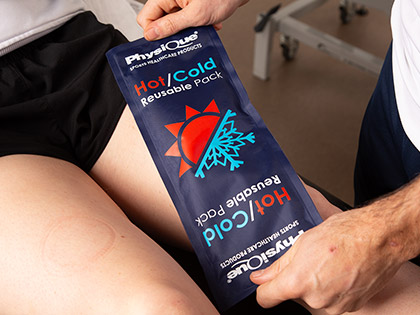
1. Hot/Cold Therapy
Ice is a very effective means of pain relief, it is part of the POLICE principle which is used for injury management.
It would help if you held the ice pack on your wrist or wrap something around it to secure it in place.
Ice it for about 10-15 minutes but try not to ice it too often because anti-inflammatories can slow down recovery as swelling helps with recovery.
You can of course use heat therapy as well but try not to use proper heat therapy such as the hot function of a hot and cold pack.
Instead, just use warm water or a towel and hold your wrist in it until it starts to feel better but be careful not to fall asleep.
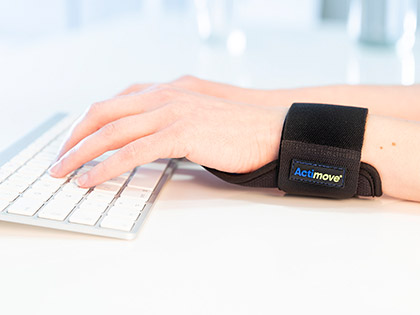
2. Wrist Supports and Splints
In order to stop the nerve from getting more agitated and causing more pain, it's a good idea to immobilise your wrist as much as possible.
Wrist splints are your best option for this but they often restrict you from any movement so you can also just use a wrist stabiliser or wrist brace for a similar effect.
We sell a support called the Actimove Wrist Stabiliser for Carpal Tunnel which is specifically for Carpal Tunnel and makes it easier to use a keyboard or mouse.
One of the things mentioned earlier for pain relief was making ergonomics or lifestyle changes but it's understandable that if you got carpal tunnel syndrome due to your work it is hard to just stop doing your job. Similarly, it can be quite difficult to make ergonomics changes and stick to them because we usually just change back into whatever's comfortable for us.
This wrist stabiliser makes it easier to make changes to your ergonomics by allowing you to rest your wrist and not worry about it moving around too much.
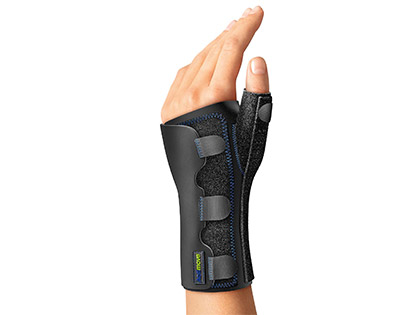
Our best-selling wrist support, the Actimove Gaunlet Wrist Stabiliser can be used for Carpal Tunnel as well, one of our customers reviewed: "This is an excellent product which has almost cured my carpal tunnel without any other intervention. I can even sleep in it with no problems."
It's essentially a wrist brace which is great for immobilising your wrist and you can get some peace of mind knowing your median nerve is not going to be suddenly agitated by movement.
The Actimove Manus Wrist Stabiliser is another great option for the same reasons, it doesn't have the thumb stabiliser but this only makes a slight difference in terms of immobilising the wrist so if you still want some freedom then this is a great choice.
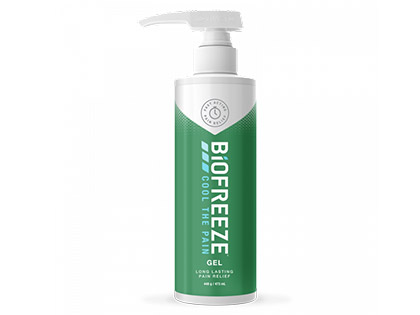
3. Pain Relief products
This is probably a self-explanatory pain relief solution but some information can help understand why it's important.
Using topical products can help provide targeted pain relief and pain relief products are particularly helpful because you can take them with you wherever you go.
This means if the nerve suddenly gets agitated or there's a flare-up then you can quickly just rub something on your median nerve to help ease the pain.
Ergonomics
In addition to the products outlined in this article, there are a few other things mentioned earlier that we haven't really covered so far, the lifestyle and ergonomics changes are actually a really good solution for pain relief.
Although you'll have to make adjustments to how you do things, you can start to feel the benefits immediately. When we say ergonomics we mean things that you can add to your workspace like an ergonomic keyboard and mouse and a well-supporting chair, as well as small changes you can make like ensuring your wrists are kept in a comfortable and relaxed position and taking frequent breaks.
Sleep
When it comes to sleep, unfortunately, there is not much you can do to prevent moving around. One way to immobilise your wrist is to wear a wrist stabiliser, wrist brace or wrist splint when you sleep.
As mentioned earlier when talking about the product review for the gauntlet, wrist supports can be worn while you're asleep and make it easier to use the following tip when you're asleep and wake up with pain. The tip is to shake your wrist gently but if you're wearing a wrist brace, you won't have to worry about how strong you shake it because it will restrict your movement.
In conclusion, pain relief and recovery work better when you're doing everything you possibly can to help your carpal tunnel and you are trying to actually make lasting changes to your ergonomics and lifestyle.
So although some pain relief solutions might help in the short term, it takes a bit of effort to properly address your Carpal Tunnel Syndrome.
Remember, these suggestions are not a substitute for professional medical advice. It is essential to consult with a healthcare professional, such as a doctor or physical therapist, for an accurate diagnosis and personalised treatment plan based on your specific condition and needs.
References
Assmus H, Antoniadis G, Bischoff C. Carpal and cubital tunnel and other, rarer nerve compression syndromes. Dtsch Arztebl Int. 2015 Jan 5;112(1-2):14-25; quiz 26. doi: 10.3238/arztebl.2015.0014. PMID: 25613452; PMCID: PMC4318466.
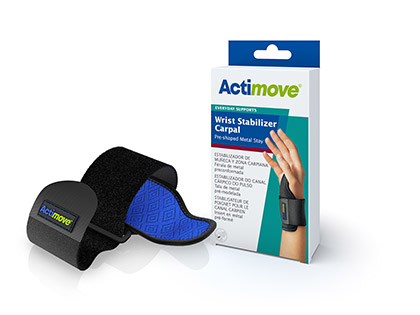
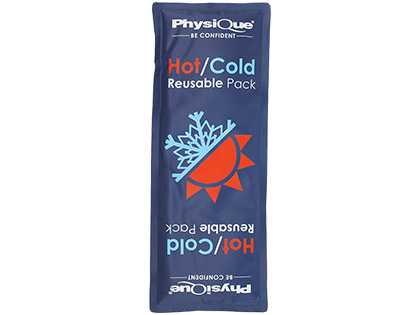



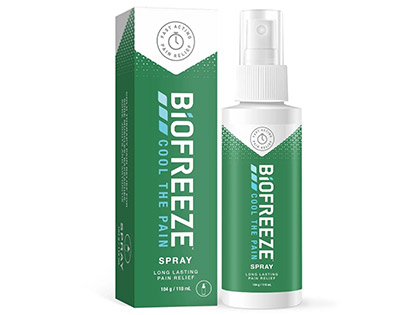
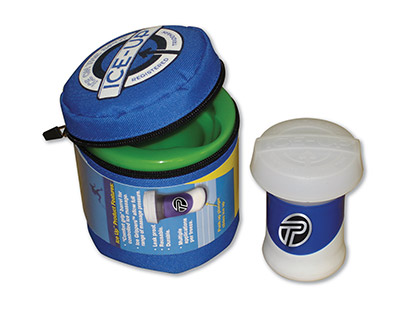
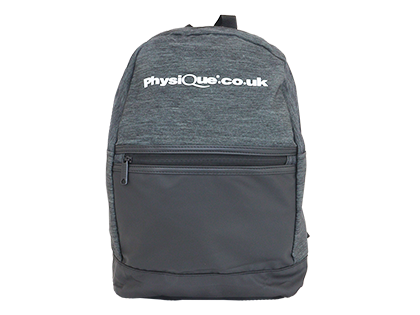
Did you find this article useful?
Why not share this with a colleague, patient or friend?